A new Middle-Earth story is upon us
12 February 2022
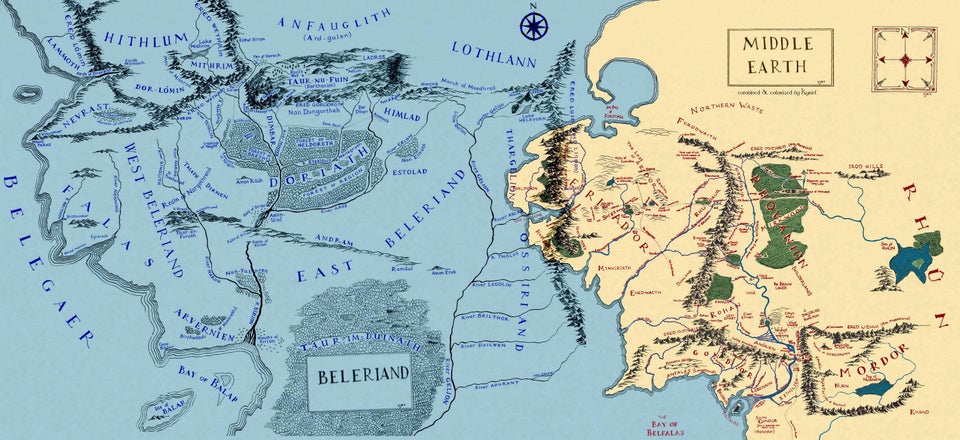
Recently, a television series based on Tolkien’s world of Middle Earth revealed some still images. The show for now titled, “Rings of Power”, is being produced by Amazon’s streaming service. The show will chronicle some of the events described in the Silmarillion and captured in some of Tolkien’s rough notes. I am excited, but oh boy, I am not looking forward to the inevitable backlash. Tolkien famously created a world rich in fantastical sentient beings but lacking diversity regarding humans. The humans we meet in his works are white and mostly male. Notable human female exceptions are Eowyn, niece of Theoden, the ruler of the Rohan, and slayer of the Witch-King of Angmar. There is also the unnamed healer woman at the end of The Return of the King (Loretta?), who declares that, “The hands of the king are the hands of a healer.”
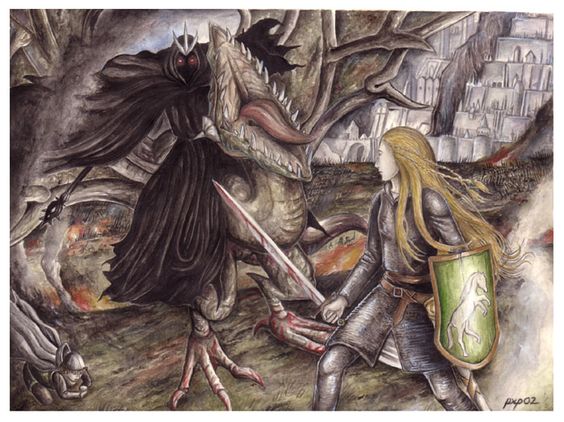
Exceptions to the white people are the Southrons or the Haradrim (i.e., men of Harad). Brawny, swarthy, and darker-skinned people allied with Sauron–for the most part. It is a glaring absence of human diversity, and it has influenced the writings of many fantasy writers who have taken inspiration from Tolkien. This means that high-fantasy in all media types, despite envisioning fantastic worlds, tend to be white and male.
In recent years, the fantasy industry has done a better job of pushing out stories that better reflect humanity. The traditional gatekeepers, such as publishers, have made concerted efforts to increase representation. Both in terms of culture and thought and the race and ethnicity of characters sold to the public. In television and film, writers and creators have also become alert to this issue as they adapt some more popular fantasy tentpoles for modern audiences. Sometimes new characters are introduced, or more bravely, a character that was once male and or white is adapted for TV and the movies as a woman and or as a person of color. Other areas such as gender dynamics and queer relationships also need more work, but there is an effort taking place.
But this sort of reworking of white people’s favorite fantasy stories always produces a backlash. Which is often surprising in its ferocity, but not because it exists. The backlash is typically predicated on how childhood memories are being “ruined” or how the “essence” of a story is lost. Sensible counterarguments are put forth about how the gender or the race of specific characters are not crucial to the story or its value. Still, the hard-of-hearing bigots refuse to see reason. I remember when the Star Wars franchise launched the final trilogy with a trailer showing a stormtrooper taking off its helmet to reveal the sweating face of a Black man (i.e., John Boyega as Finn). You would think a loving grandparent had been shot; some people were so angry.
We have seen similar things with the recent adaptation of The Hobbit to the silver screen. Peter Jackson introduces us to Tauriel, a female wood elf who saves Bilbo and his companions. And get ready for this, she has chemistry with Kili, the Dwarf. Tauriel is absent from Tolkien’s work, but her addition, I think, helped flesh out the story for the movie screen. Otherwise, The Hobbit remains a bro-fest of dwarves, elves, many orcs, a few hobbits, one Smeagol, a male presenting angelic being, a male dragon, and one or two male humans.
Now Amazon has decided to tackle the pre-Lord of the Rings era of Middle-Earth. And they have to make decisions about the types of people to cast. Vanity Fair recently published some teaser pictures from the series and production (see below), and there are women and people of color. I think they look good, but admittedly I am heavily influenced by Peter Jackson’s interpretation of Tolkien’s work, so what do I know?
But I am pretty sure that Amazon’s intentions to promote the show by highlighting casting choices in this way will put forth quite a bit of backlash. I was looking forward to all the Reddit threads about how elves are all meant to have long fair hair or how there couldn’t possibly be people with dark skin among the other humanoid species or women in leadership roles. It will be a delight. Anyway, enjoy these photos released by Vanity Fair. All images are courtesy of Ben Rothstein/Amazon Studios, as shown in Vanity Fair[^1].
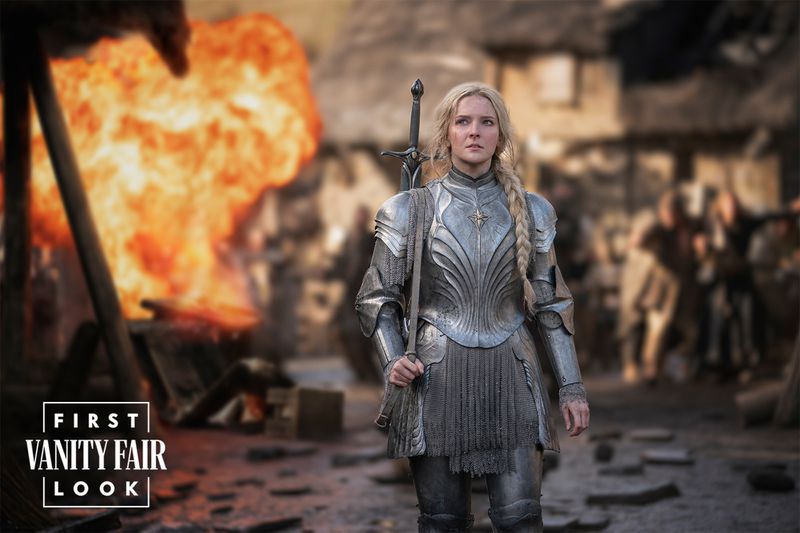
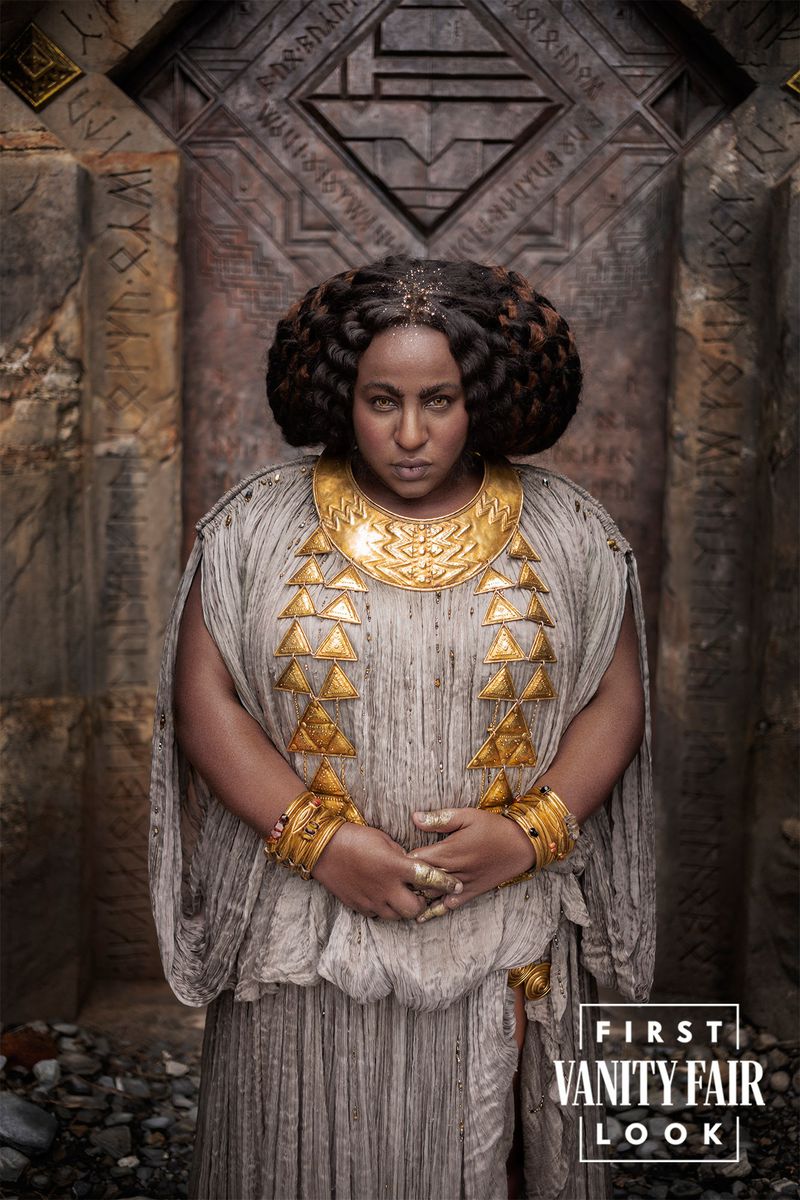

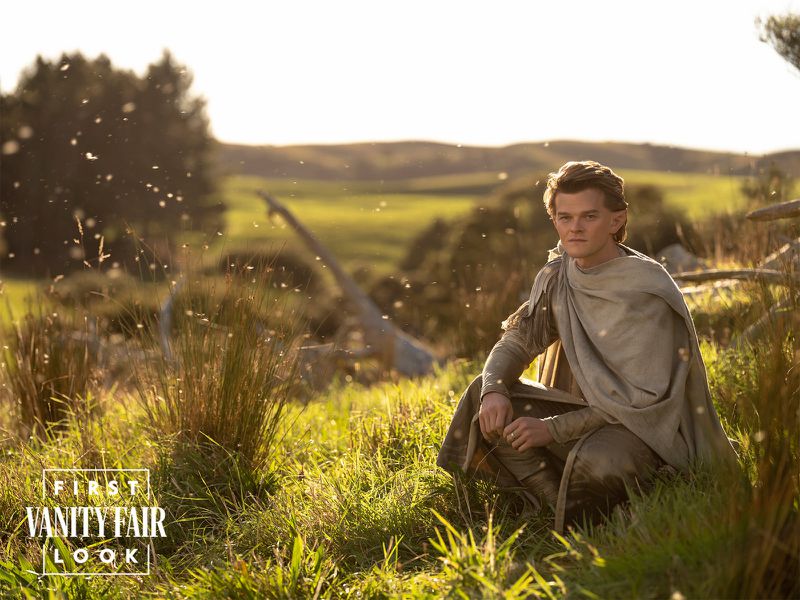
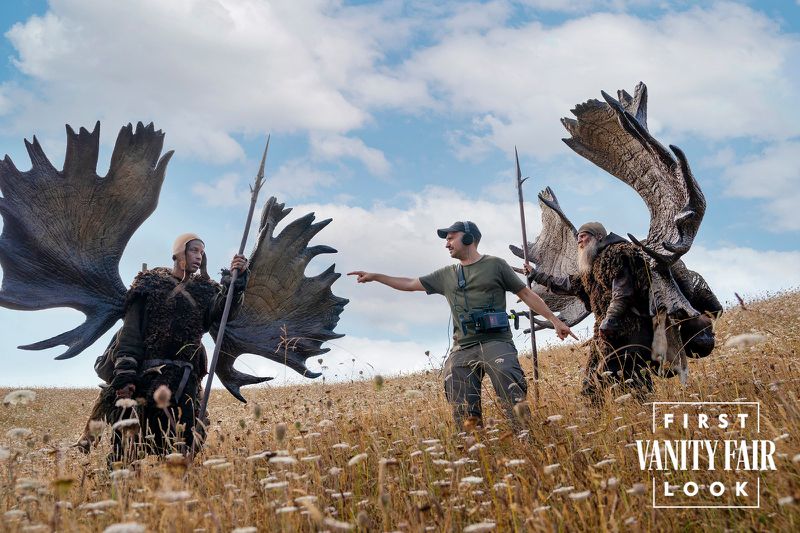
Update (02/13/2022)
During the Super Bowl, Amazon released the first teaser trailer, and I am more excited than ever. Of course, there are complaints online. There is the unreasonable and bigotted variety based on the characters shown in the trailer; elves are not supposed to be black, etc. Then there is the type focused on technical parts such as an alleged use of CGI. I shall not be dissuaded. I vividly remember first reading about Bilbo Baggins, running to catch up with a group of Dwarves in search of adventure and treasure. I will not be dissuaded from basking in the excitement of having that world come to life on the screen.
[^1] [Patches M. First Lord of the Rings: The Rings of Power photos tease Amazon’s epic series. Polygon. Published February 10, 2022. Accessed February 11, 2022.] (https://www.polygon.com/22927015/amazon-lord-of-the-rings-the-rings-of-power-character-photos-galadriel)